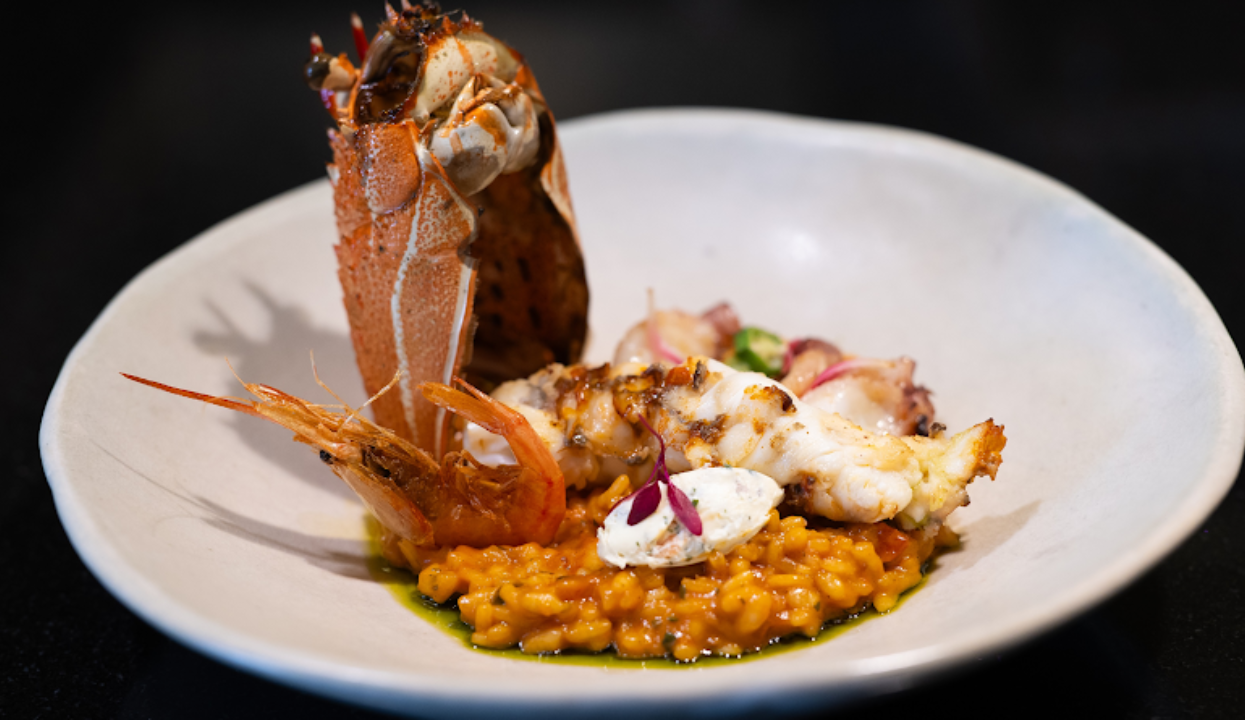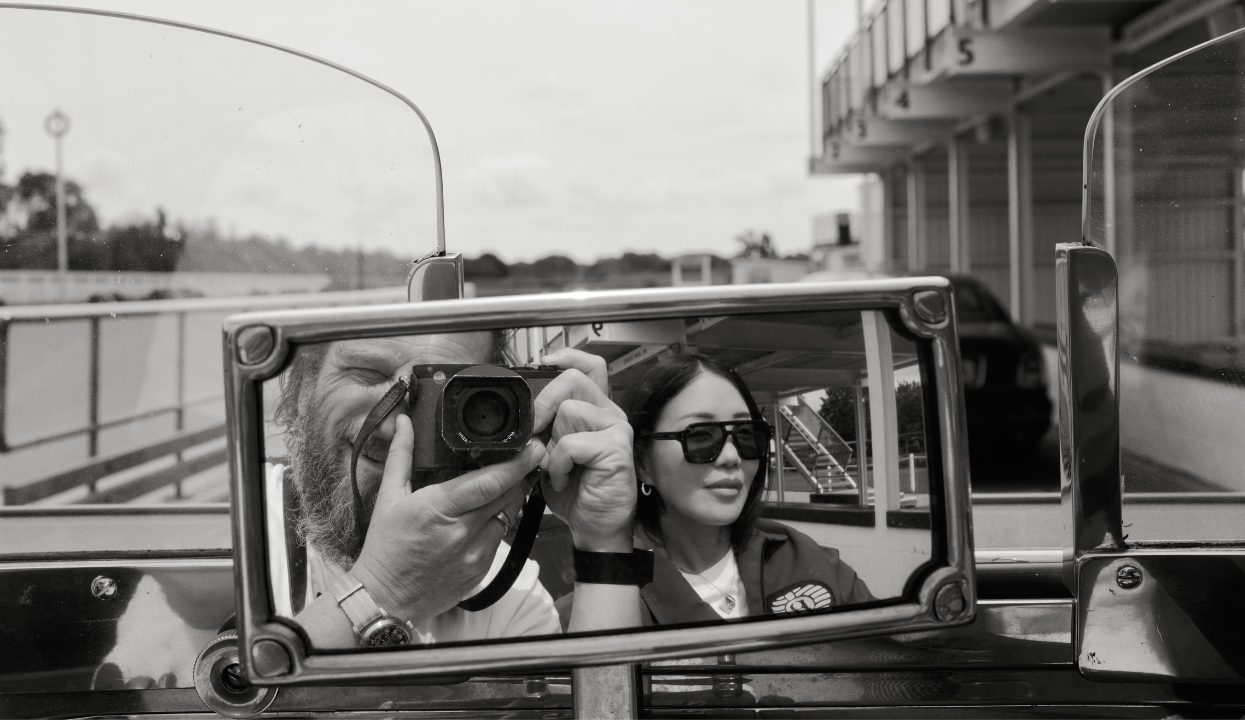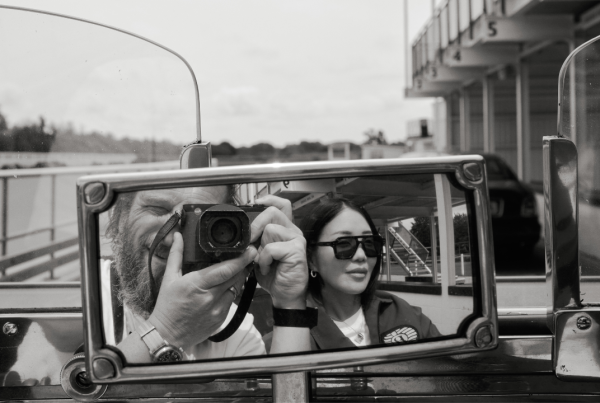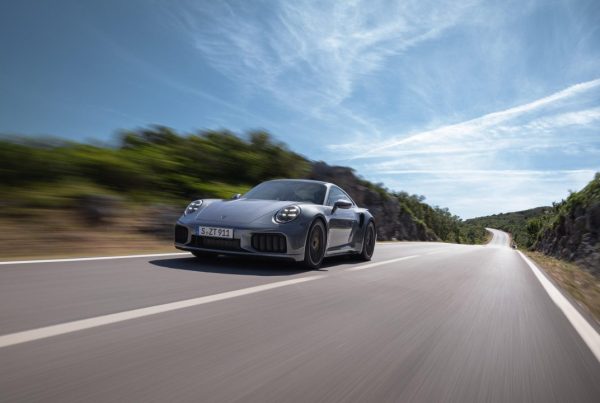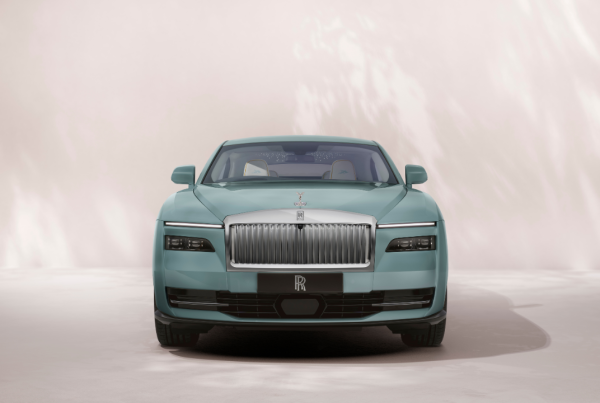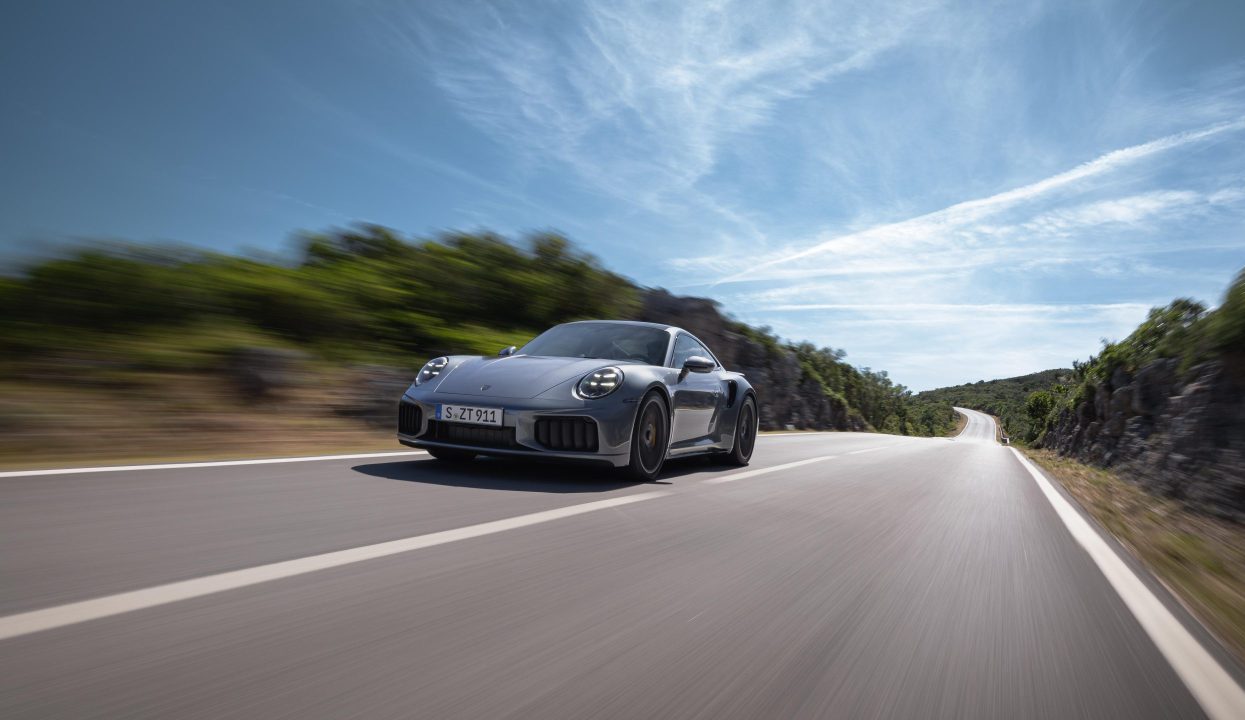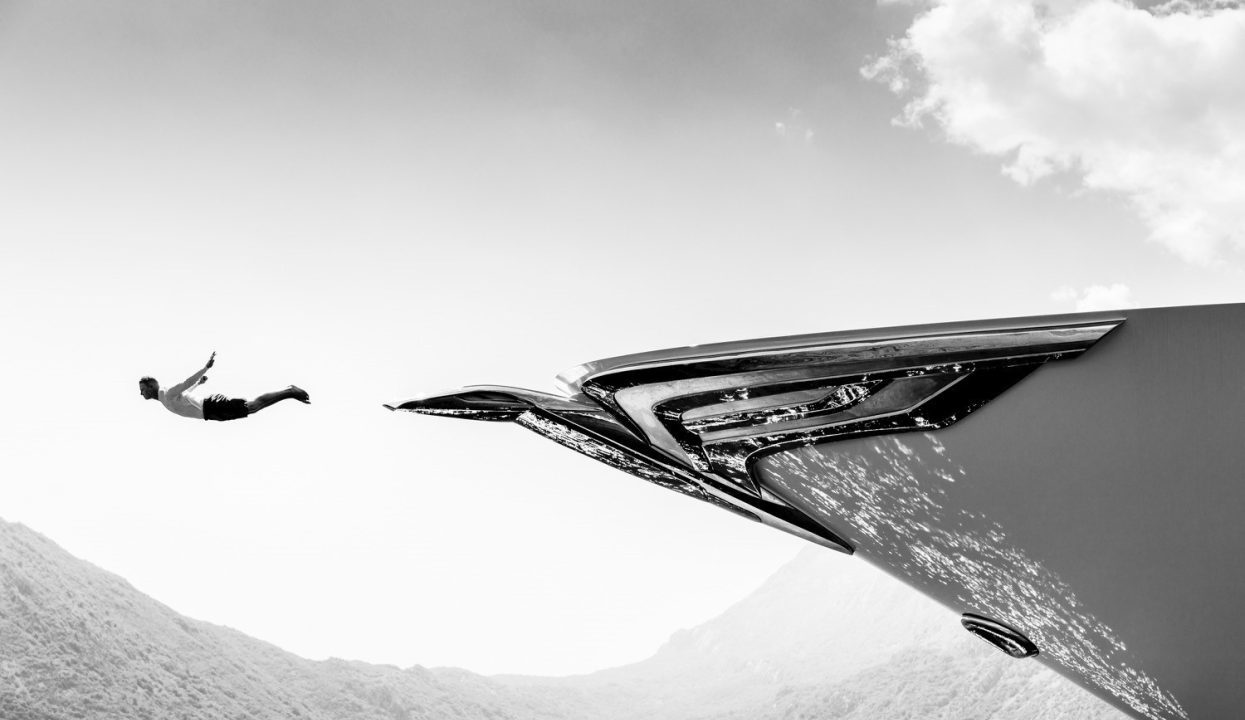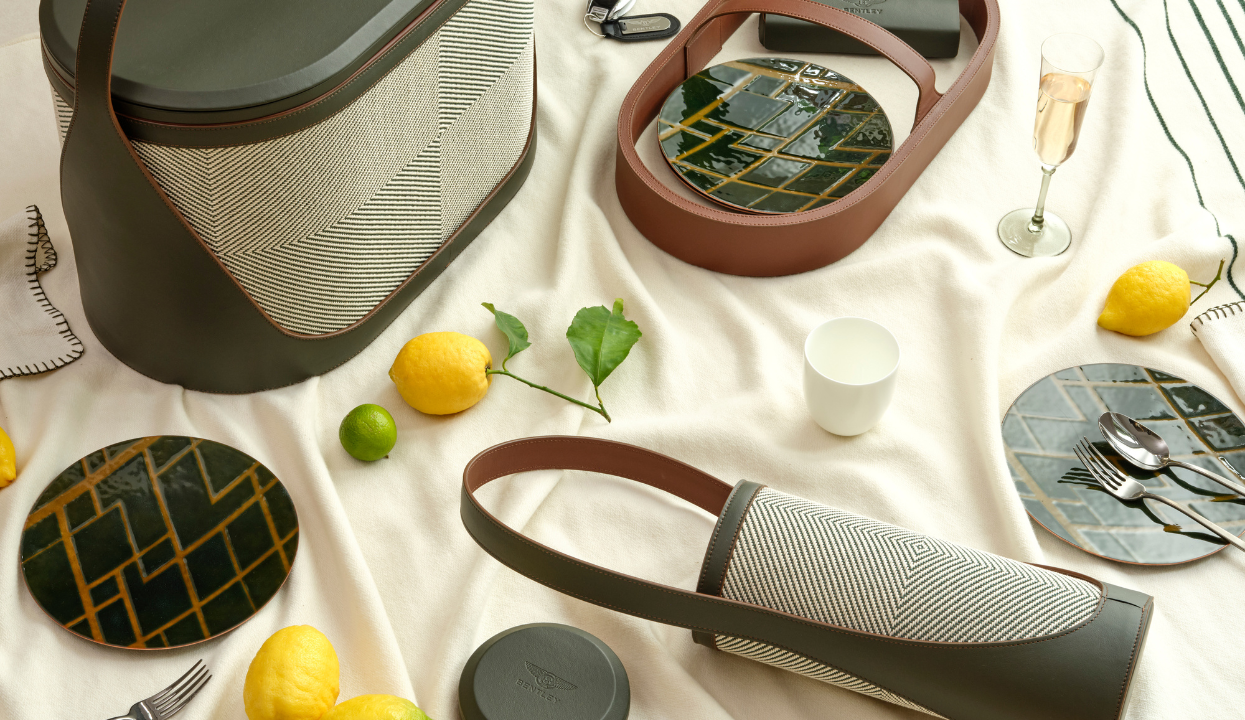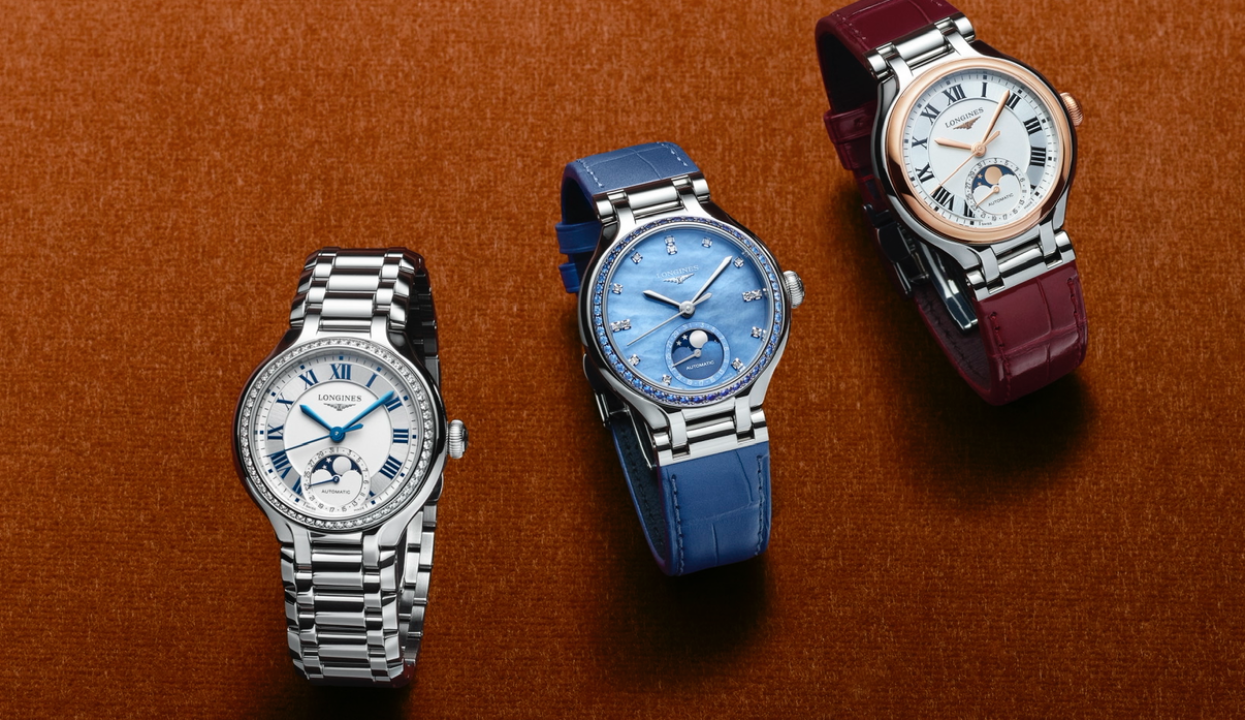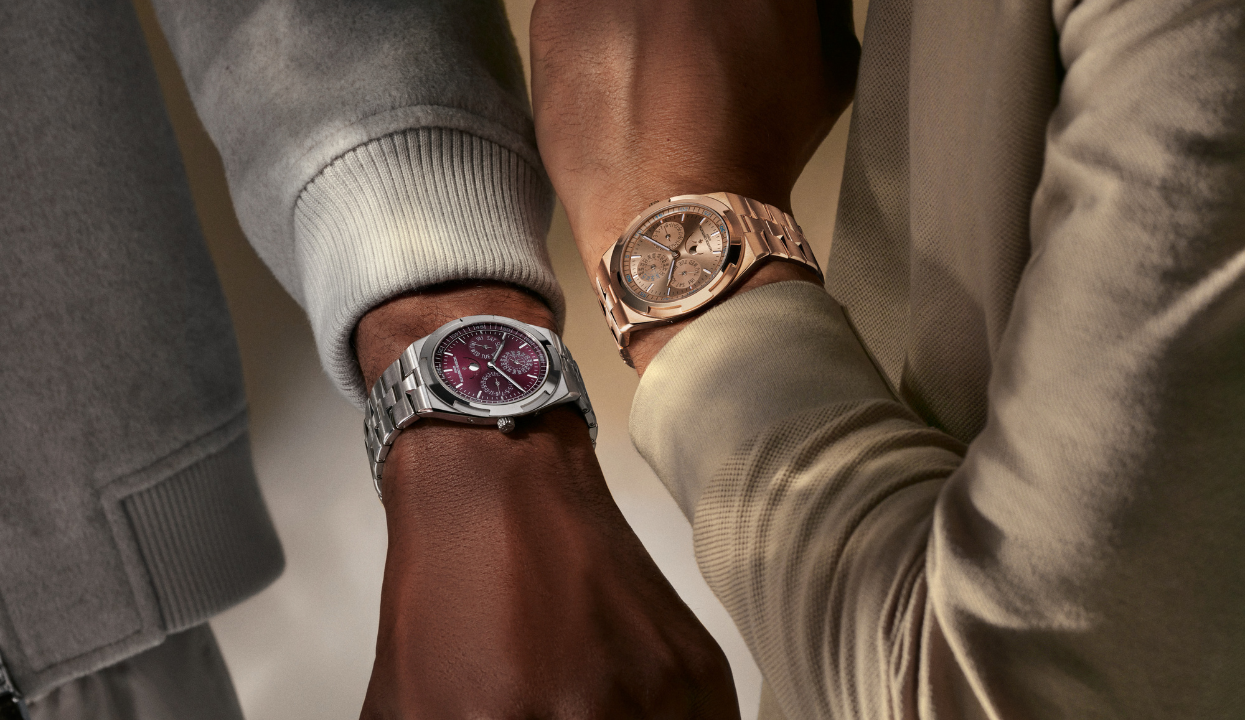Ferrari, a name that instantly fires up visions of speed, style & victory even among those who may not be self-declared petrolheads, was something I spent my key formative years dreaming of. I remember Sunday evenings spent in front of the television watching the great Michael Schumacher take yet another race win or championship victory in his signature dominant style. I remember the sheer emotional impact of seeing my first F355, 550 Maranello or 360 Modena cruising past the urban roads bordering Sea Park, near the place where this iconic Italian supercar brand had its Malaysian home established in the 1990s. Later, when it formed a stronger presence at the Federal Highway’s edge, my home’s fatefully strategic location proved instrumental in the ease with which I made regular visits to take in not just the then latest F430s, 599 GTB Fioranos, 458 Italias and FFs, but even an Enzo Ferrari, and in later years an F40 & LaFerrari at this place that literally hosted years of local motoring history passing through its halls.
Naturally, like many of you the anticipatory idea of what my first Ferrari drive would be like was something that also often came to mind. Perhaps it would involve sweeping along a scenic coastal road while surfing the F12berlinetta’s cresting waves of V12 power, or powering a 430 Scuderia up a winding B-road while it played its viscerally thrilling V8 soundtrack right into my eardrums & body. If the stars somehow aligned in my favor, just maybe I’d even get to immerse myself with the extreme track-only XX Programme hypercars; something I eventually got to do years later thanks to the kind generosity of an FXX K-owning acquaintance, albeit from the passenger seat. Let’s just say that Sepang Circuit has never quite looked the same way again since then.

Yet the reality was rather different, although no less enjoyable & impactful; for here the Purosangue is a Ferrari like no other, being the first ever 4-seater Prancing Horse to come with four doors. There is a traditional precedent here as well, with Enzo Ferrari himself having regularly enjoyed driving Ferrari 4-seaters during his tenure; and the FF launched during Luca di Montezemolo’s tenure turning out to be a remarkably successful GT.

As always, the heart of any Ferrari is its engine, and here the Purosangue is a V12 thoroughbred through and through. Having debuted over 2 decades ago now with that Enzo supercar, the acclaimed Tipo F140 V12 has gone on to power everything from the 599 GTO & F12tdf to the GTC4Lusso; later even being hybridized for the LaFerrari family. Here, in this iteration of its currently 6.5-liter form, it delivers 725 hp while being tuned for more urbane pursuits rather than racetrack usage with 528 ib-ft of torque peaking at a useful 6,250 rpm; 80% of that twisting force is already available from 2,100 rpm onwards.
Yet it has lost none of the trademark Ferrari naturally aspirated 12-cylinder character of linear power building exponentially into the high revs like the peak of a storm front. Cylinder heads derived from those of the 812 Competizione play their part here, as do specific combustion calibrations and measures taken to minimize internal friction – helping all of the V12’s components work harmoniously together as a whole.
Just about half of it is visible with the bonnet lifted however, as it is front mid-mounted behind the front axle line & tucked close to the cabin for ideal weight distribution, to the benefit of handling dynamics.






Further along that line, the Purosangue’s other big news is its active suspension system – another first for Ferrari here, before being adapted for its F80 hypercar. Simply put, each of its Multimatic TrueActive Spool Valve (TASV) dampers incorporates a 48v electric actuator to immediately adjust its compressive & rebound damping via spool valves, in response to any changes in the road surface. All four of them are governed by a chassis controller that acts in response to inertial sensor inputs, the Purosangue’s driving mode, slip angle & speed.
It’s all truly clever stuff that allows it to run softer spring rates for more compliant ride comfort even without anti-roll bars, while the active dampers stiffen or soften as required during spirited driving or to reduce the amount of impact motion a bump or road undulation transmits to the cabin. The system can adjust itself in just 0.05 seconds in response to control inputs, even pulling the Purosangue’s body closer to the wheels during braking and cornering to drop its center of gravity nearer to the road for greater traction.





Out on the road, this translates to a kind of sharpness and responsive agility that no car weighing in at the wrong end of 2.1 tons should rightfully have, coupled to reassuringly sure-footed stability that ought to quell the concerns of any nervous passengers unacclimatized to such rapid cars. Right from the get-go, its steering wheel gave a good sense of what its wheels were up to with solid weighting. The helm quickly answered all of my inputs when turning into bends while remaining faithfully accurate at highway speeds; no doubt its all-wheel steering system adapted from that of the 812 Competizione is a big help in this regard.
One thing to be wary of? It does hunt and dart a fair bit when crossing off-camber road undulations, although this is probably more down to the often dubious quality of our local roads. For what it’s worth though, personally I like the feeling of a sharp car like this whose physical feedback keeps you alert even without any music playing on the excellent Burmester sound system – or before extending your right foot further downwards to explore more of that V12’s incredible reach.
Once I did though, the Purosangue revealed the side of its character that truly sets it apart from other luxury utility market rivals. A pull of the upshift paddle put its 8-speed F1-DCT in manual mode – after all, it’s probably sacrilege not to take full command when you have such an incredible power plant at your disposal – and there it stayed for the rest of our drive out. Prevailing traffic conditions precluded us from experiencing the truly operatic range of the V12’s lungs, yet even using more of its mid-range grunt while upshifting earlier at around 5,500 revs allowed us to cover ground at a suitably rapid touring pace with enough shove in the back to keep all of us fully engaged & enthralled.




Sweeping highway on- and off-ramp turns were where it truly shone, that active suspension meaning the Purosangue didn’t lose one bit of its sure-footed composure from braking to apex and then corner exit, while holding the ideal driving line. Once the road straightened out, it was then time to get back into the throttle & experience all of that engine’s magic once again. That V12 is something I could go on & on about, feeling & seeing as I do now what a transcendental life-changing experience it is to drive one. Yes, its massive power is an ever-present force ready to launch you towards the horizon; yet what left the most lasting impression was the absolutely sharp precision with which it responded to the slightest movement of my right foot. This may be an overused cliche, but it truly felt like I could play it like the most finely tuned operatic, 12-cylinder musical instrument. It sounded like it too, with a distinctive yet composed roaring howl that left absolutely no doubt what sort of Ferrari we were in, growing exponentially more intense the deeper I went into its rev range.




Once at a standstill in our suitably equestrian photo location, the Purosangue even proved to be a superb looking car in its own right – especially in this example’s characterfully elegant shade of Argento Nurburgring (101/C) silver, accented with forged diamond cut wheels & red brake calipers. Yes, if you’ve spent enough time on the Internet then you’ll have seen the memes comparing it unfavorably to several Japanese SUVs – but what they always fail to convey is the amount of aerodynamic sculpting incorporated here, executed with all of the proportional excellence and precisely drawn elegance expected of any Ferrari. Indeed there have been some visual misses from Maranello of late, but rest assured that this isn’t one of them.
The bonnet ‘aero bridges’ first pioneered on the F12berlinetta are fully present here, further refined to duct air from the base of the Purosangue’s windscreen & A-pillars down its flanks, smoothing out turbulence that would otherwise build up in this area. Each wheel arch also incorporates its own aero stabilizer, with the nett result being that impeccable straight line stability on smoother roads.













The excellently driving focused cabin impressed with sportingly supportive seats that still proved comfortable over those motorway miles, along with some of the best build quality yet seen in any car bearing the Prancing Horse badge. It really was a place I could see myself spending many hours in over daily commutes, or even the occasional extended road trip – albeit with a few caveats.
If there were any dislikes, then they were to be found in the Purosangue’s infotainment control system. There have already been well documented criticisms of Ferrari’s steering wheel haptic touch pads, and with the benefit of personal experience I could now really see where they came from. There was noticeable lag when calling up Apple CarPlay or other menu options, with the system outright not responding on more than one occassion. Making the switch back to physical buttons with the Amalfi was absolutely the right move here on Maranello’s part; to their credit, they’ve even opened up the possibility of having the new controls retro-fitted on existing Ferraris sharing the same steering wheel design, including this one.
You also can’t have the otherwise excellent digital rev-counter called up in the display’s middle while having smartphone navigation handily displayed off to the side – it’s either one or the other. A rather curious omission, as ideal as it would be to have an idea of where the road is taking you without compromising the driving focused tradition of having your revs front & center, helping you instinctively match revs to gears and road speed with all of the precision required to match that incredible engine.








With all said and done, driving the Purosangue turned out to be a much more educational & transformative experience than I expected. Yes, any Ferrari especially one with a V12 at its heart, puts all of the horsepower, speed & control feedback you expect at your fingertips – then ups the ante with even more. It is then on you to up your game, driving skills & reactions to use these tools at your disposal, to access and explore one of the truly all-time great driving experiences known to mankind.
You don’t just get in one & immediately mash the throttle into the firewall. Instead you get to know it like a fine companion, tune your senses acutely into everything it’s telling you, then measure your steering, throttle & braking accordingly. As you adapt to the machine and learn its rhythms, you gain the confidence to up the pace accordingly; then the most rewarding of dances between car & driver emerges, before erupting into the most soulful kind of aural and mechanical crescendo that only an Italian V12 can produce when you find the space to hit its full, incredible stride.
It’s absolutely true, what they say: piloting a V12 Ferrari makes you a better driver of a more refined mentality. I know that’s what it did for me; I found myself sharper, more alertly composed, more calmly measuring out all of my inputs according to everything I felt from it.
If you’re on the lookout for an even more usable steed to join your stable of fast weekend road & track rockets, then the Purosangue is one ideal choice even for sharing that driving passion with the family. Who knows, it may even make those daily school runs all the more interesting, while sparking the next generation of proper petrolheads.







